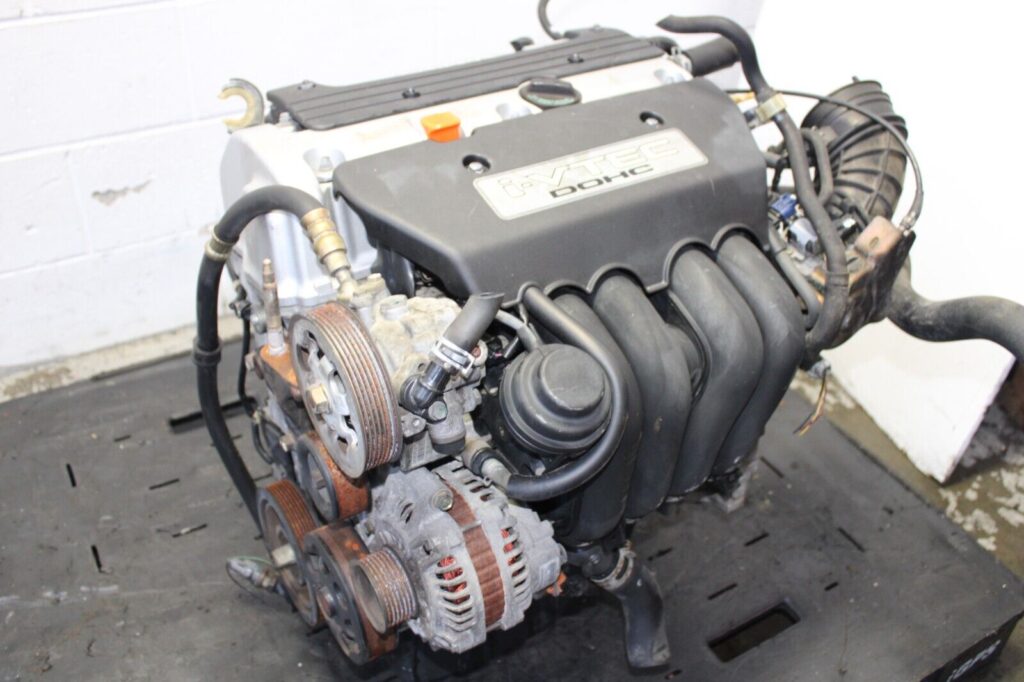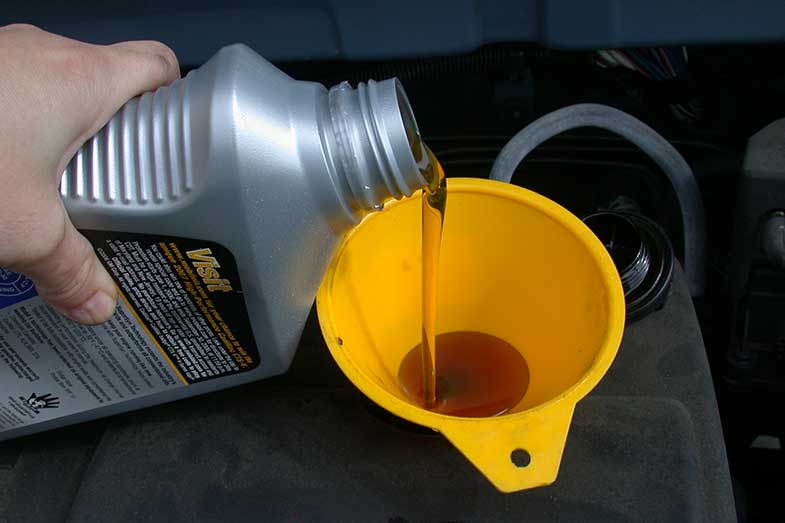How to Do a 2006 Honda CR-V Oil Change, You have probably heard about the benefits of changing the oil on your vehicle and the benefits of changing it regularly. However, many people are not aware of the steps involved in changing it, which can lead to trouble. For instance, there are several types of oil to choose from, and you must determine whether you need SAE 10W-30 or SAE 10W-40, among other things. There are also some tips to keep in mind, such as keeping track of your oil changes, and how to change the oil in extreme conditions. Changing the oil in your car will help you avoid costly repairs, and will prolong the life of your vehicle.
2.4L 4 Cylinder engine

Honda vehicles have become synonymous with reliability, efficiency, and low cost of ownership. However, the latest generation of CR-V has some issues.
One of the problems is the 2.4-litre four-cylinder engine. These engines have a high failure rate. The engine can overheat, stall, or seize. This is because of sludge buildup in the engine. It can also lead to bearing overheating.
Fortunately, this problem is easily remedied by a simple fix. If you’re not up to doing it yourself, you can visit a local auto shop. They can change the oil for you.
Oil changes in Honda vehicles are required every 3,000 miles or three months. Check the service interval in your owner’s manual. You may have to do it more frequently if your vehicle is old or has many miles on it.
An oil filter plays a critical role in ensuring that only clean engine oil is circulated. A filter helps keep oil clean by filtering out dirt and sludge that can clog the oil filter and cause premature wear on the engine.
SAE 10W-30 vs SAE 10W-40

If you’re shopping for a new motor oil, you might wonder whether you should choose SAE 10W-30 or SAE 10W-40. Both are high-performance oils that are designed to provide excellent protection for your engine. Choosing the right oil depends on your driving habits and the type of vehicle you own. However, it’s important to understand the differences between the two.
The first major difference between the two is their viscosity. At lower temperatures, 10W40 is thicker than 10W30. This allows it to better lubricate the engine while reducing friction. It will also protect the metal components in your vehicle.
As the temperature rises, however, 10W40’s viscosity drops. At 100 degrees celsius, the oil’s viscosity is comparable to that of 10W30. With this in mind, it’s possible to see why manufacturers have recommended 10W-30 to consumers.
However, this does not mean that 10W-30 is unsuitable for use in warmer climates. In fact, SAE 10W-30 has been verified to perform well in warmer temperatures. It resists thermal breakdown, which helps your engine maintain its lubricating properties even at the warmer temperatures.
How to Do a 2006 Honda CR-V Oil Change we have come to the end of the topic
Keeping records of oil changes

When it comes to keeping records of 2006 Honda crv oil changes, you have a few options. The simplest is to record the mileage between oil changes. This can help boost your resale value.
Another choice is to get a high-mileage oil. This can reduce the need for oil changes and improve oil consumption. Some oils are rated for 7,500 to 10,000 miles between changes. Using a high-mileage oil can also help minimize oil spills.
You can even use a synthetic oil to prolong the life of your vehicle. They usually cost more than conventional oils, but they provide better protection against heat and cold.
The most important part of your engine is the oil. It prevents friction, keeps the moving parts lubricated, and helps cool the engine. If the oil is too dirty, it won’t lubricate properly, which could lead to engine damage.
Changing the oil in severe conditions
If you own a 2006 Honda CR-V, you may be wondering how often you should change the oil in your car. Oil changes are important for the health of your engine, as well as the safety of your vehicle.
The number of miles between oil changes depends on your particular car. It is best to consult your owner’s manual for a specific recommendation. In general, however, most cars should get an oil change every 7,500 to 10,000 miles.
You should also keep in mind that your driving habits play a role in your oil change intervals. For example, drivers who idling for long periods of time, such as during commutes, may need to have the oil changed more frequently.
Also, if you have severe conditions, such as frequent stop-and-go driving, trailer towing, and extreme heat or cold, you may need to change the oil more frequently. These driving conditions will force your engine to work harder, which can reduce the life of the oil.
Editor’s advice; Checking the 2005 Honda CR-V Oil Pressure Switch Location
